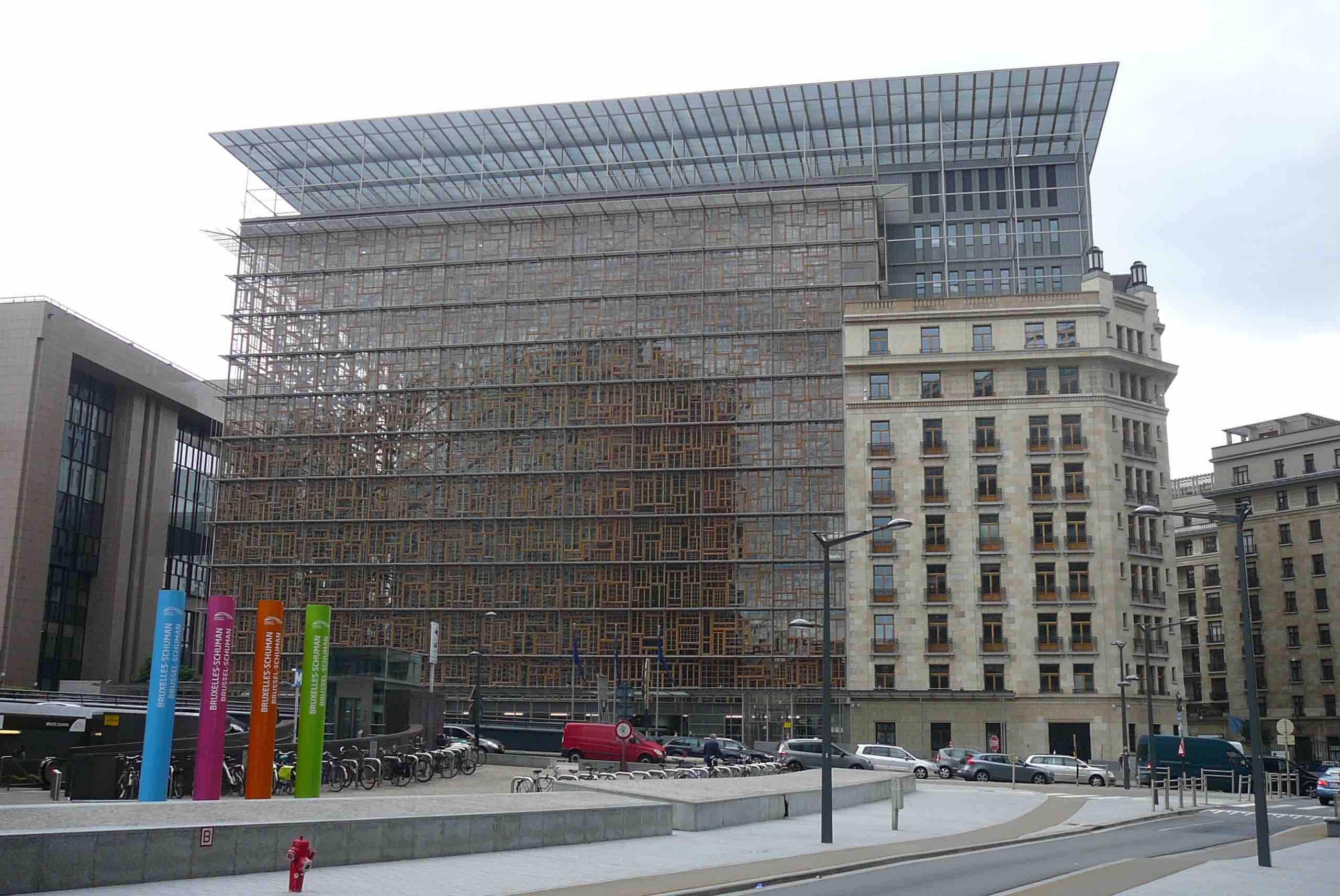


At a tense summit in Brussels last week, the European Council reaffirmed its ambition for the EU to become “more sovereign” and capable of defending itself against both immediate and long-term threats. This strategic pivot, they argue, is no longer a matter of choice but of survival, as Russia’s ongoing war against Ukraine exposes deep vulnerabilities in Europe’s defence posture.
In the clearest language to date, EU heads of state described Russia’s aggression as an “existential challenge” to the Union, with ramifications that stretch far beyond Ukraine’s eastern front. “The geopolitical environment has fundamentally changed,” one senior EU diplomat said. “Europe must rise to the occasion, or we risk being left dangerously exposed.”
The summit saw leaders endorse a host of new initiatives aimed at transforming the EU’s defence landscape over the next five years. Among them was the adoption of a new regulatory framework, the Security Action For Europe (SAFE), designed to streamline joint defence procurement and support collaborative arms manufacturing across Member States.
In a move likely to provoke fresh debate within frugal circles in the north, the Council signalled its support for activating national “escape clauses” under the Stability and Growth Pact. These would allow countries to invest more in defence without breaching EU fiscal rules—a tacit recognition that existing budget constraints are no longer compatible with today’s security demands.
The regulation was welcomed by proponents of a stronger European defence identity. “We have talked about strategic autonomy for years,” said one French official. “Now we are putting the money where our mouth is.”
While the EU’s ambitions are undeniably bold, leaders were careful to stress that Europe’s security strategy remains anchored in transatlantic cooperation. The Council reaffirmed that NATO is, and will remain, the cornerstone of collective defence for its members.
However, the language of the summit made clear that Brussels is no longer willing to rely exclusively on Washington. Recent U.S. political volatility—punctuated by fears of a Trump return to the White House—has only deepened calls for Europe to develop its own capabilities.
“The European Union must be able to act autonomously and in coordination with our allies,” said European Council President Charles Michel. “Our credibility as a global actor depends on it.”
Central to this renewed push is a sweeping modernisation of Europe’s defence industrial base. The Council called for rapid progress in demand aggregation, joint procurement, and the harmonisation of technical requirements among EU countries—steps long seen as essential to overcoming the fragmentation that has plagued European defence efforts for decades.
In particular, leaders highlighted the need to scale up production capacity within Europe, with special attention to strategic enablers such as drone technology, missile systems, and cyber capabilities.
The European Investment Bank (EIB), often criticised for its cautious stance on military projects, was urged to expand its defence-related portfolio. The Council invited the EIB to “re-evaluate” its list of excluded activities and increase funding available to firms engaged in critical security work.
“We must unlock private capital and ensure that defence is not a taboo sector for investment,” said Ursula von der Leyen, Commission President and former German defence minister. “This is about safeguarding our freedom.”
Acknowledging logistical gaps, leaders also pressed for urgent improvements in military mobility across the continent. Current infrastructure bottlenecks—from outdated rail lines to restrictive border checks—hamper the EU’s ability to move troops and equipment swiftly in times of crisis.
The Commission and the High Representative have been tasked with drawing up new proposals to address these deficiencies. The aim is to create a truly interoperable European defence space, where battlegroups and matériel can be deployed seamlessly from Lisbon to Lviv.
One of the most striking elements of the Council’s conclusions was the unequivocal language about the need for Europe to “act and deal autonomously.” Gone is the reticence of past communiqués. In its place is a frank admission that Europe must become a power in its own right, capable of shaping events rather than merely responding to them.
This includes forging deeper ties with like-minded partners. The Council welcomed recent defence agreements with the UK and Canada, signalling a desire to build a flexible web of security partnerships beyond the confines of the EU’s formal institutions.
Looking ahead, the Council will review progress in October and has asked the Commission to present a detailed roadmap for implementation. The speed of delivery, officials warn, will be critical.
Yet, the summit was not without tension. Several neutral Member States, including Ireland and Austria, stressed the need to respect their constitutional commitments and traditional stances on military non-alignment. The Council acknowledged these concerns, noting that all defence initiatives must remain voluntary and respect the diverse security policies enshrined in the EU treaties.
Despite these caveats, the overriding message from Brussels was unmistakable: Europe is no longer content to be a passive player in its own defence.
As one Eastern European diplomat put it: “We cannot outsource our survival. Europe must take control of its destiny.”
Main Image: – Own work, via Wikipedia